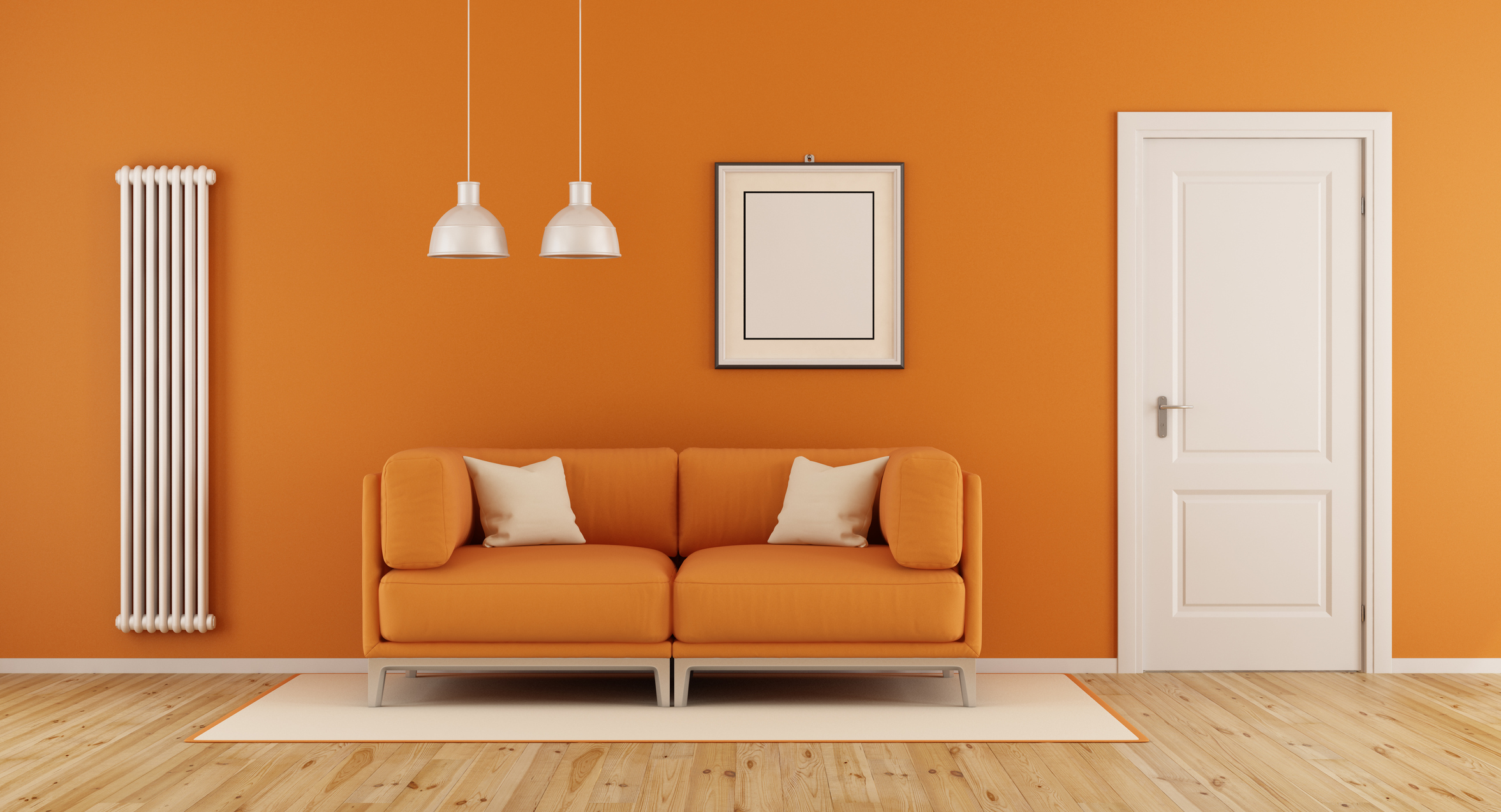Forget aesthetics. Forget any design trends buzzing around. Forget those countdown lists of fancy workplaces.
If you run your own business or work remotely, chances are your workspace isn’t going to look like the ones you see in glossy magazine spreads. Besides, do you really want a full playground in your room?
Well, maybe you do. Regardless, the point is that you don’t have to turn your office upside down to improve your workspace. With a few tweaks, you can create an environment that helps you become happier, healthier, and perform optimally.
Here are four simple tweaks you can make:
1. Play music to set the right ambience.
What you listen to affects your mood. When people chat nearby or there are jarring construction noises outside, it can be difficult to focus on cognitive tasks. On the other hand, listening to the right types of music not only drowns out distracting noises, but improves how you feel and gives you a much-needed boost.
According to research, productive music doesn’t contain lyrics and has a simple structure. When the listener is in control of their music selection, the person’s productivity increases overall.
If you’re not sure where to begin, try classical music or nature sounds for a calming effect. If you need that energy buzz, lift yourself up with some epic music or video game music.
2. Let nature into your workspace.
One study found that natural lighting leads to greater energy, creativity, and productivity. The reverse is also true: workers in windowless places have more headaches, faintness, and sickness than those in places with windows.
Design your office so that the places where you spend the most time are also the places closest to the windows. Since you probably spend most hours working, it’s a good idea to put desks and tables near natural lighting. If you’re stuck in a windowless room, it’s better to have indirect light that gently reflects off walls than direct lighting shining straight at you.
Whether or not you have windows, you can also let nature in by putting plants in your presence. Nearby plants help people to focus on cognitive tasks, feel rejuvenated, and breathe cleaner air since plants act as filters.
3. Add appropriate colors to your room.
Colors affect both your mood and how well you work. According to color psychologist Angela Wright’s The Color Affects System, different colors affect us in various ways. Here’s what she found:
- Red is a physical color that denotes strength, warmth, and courage, but is also aggressive. Red is suitable for places with physical labor.
- Blue is an intellectual color which shows intelligence, logic, and trust, making blue a suitable choice for cognitive tasks.
- Yellow is an emotional color associated with creativity and confidence. It’s good for creative and innovative workspaces.
- Green is a balanced color that suggests harmony, and equilibrium, but can also be perceived as bland. Green is suitable for places involving monetary transactions.
Besides the color itself, you also need to consider intensity levels. A highly saturated, bright color will have a stimulating effect, while a soft, faded color soothes.
If you’re starting from scratch, you can paint your wall certain colors to give that desired effect. If that’s not possible, place items with certain colors in your office. For instance, you might add blue décor in a corporate environment, or yellow chairs in a creative workspace.
4. Provide some privacy for your workspace.
There’s a lot of support for open offices because it’s associated with greater communication, collaboration between coworkers, and overall happiness. But the open concept comes with tradeoffs.
A study shows that, yes, open-plan office layouts do result in enhanced ease of interaction between people. But the benefit of easier communication is outweighed by the drawbacks of noise disruption, lack of privacy, and lack of personal space — all of which create dissatisfaction at work.
As mentioned earlier, chatty neighbors and frequent interruptions can be mentally draining and drastically cut into productivity levels. Besides, do you want everyone listening in on your conversations? For these reasons, it’s better to stick to the closed-design workplace. If possible, give yourself personal space for some deep work focus.
Speaking of space, it’s good to keep your personal desk clutter-free. Not only is a clean desk visually appealing, but keeping everything organized in folders saves you time and headaches when you need to access a file. That applies to your computer desktop as well.
Design Your Setting for Optimal Work
Ultimately, a productive workspace is about being in control. Like listening to waterfall sounds? Great. Used to working in complete silence? That’s fine too.
It only takes small adjustments to improve your office, whether that means bringing in a succulent plant or re-organizing your files. Those simple, one-time changes can go a long way in keeping you productive, healthier, and happier in the long haul.
Let’s Connect
Want to do what you love? Then check out my guide How to Get Anything You Want.
Originally published on Medium.
Follow us here and subscribe here for all the latest news on how you can keep Thriving.
Stay up to date or catch-up on all our podcasts with Arianna Huffington here.


